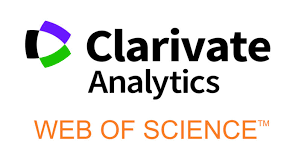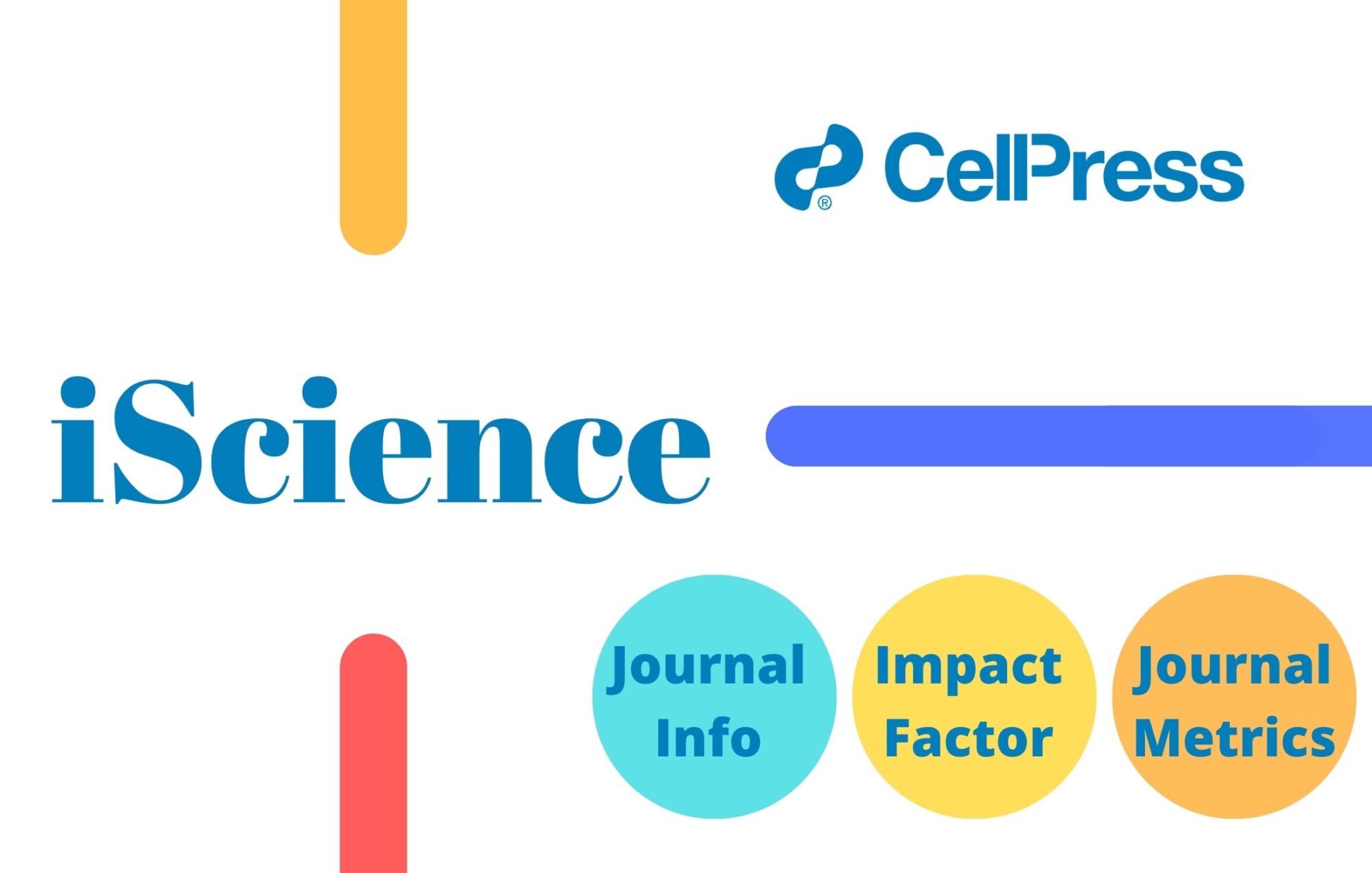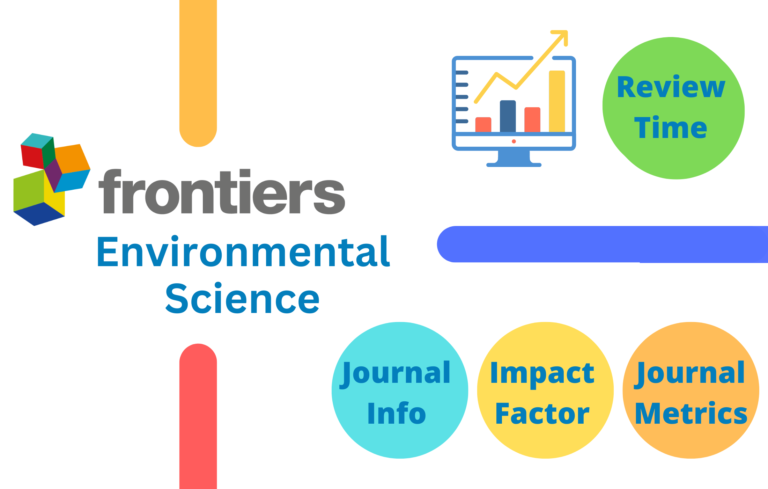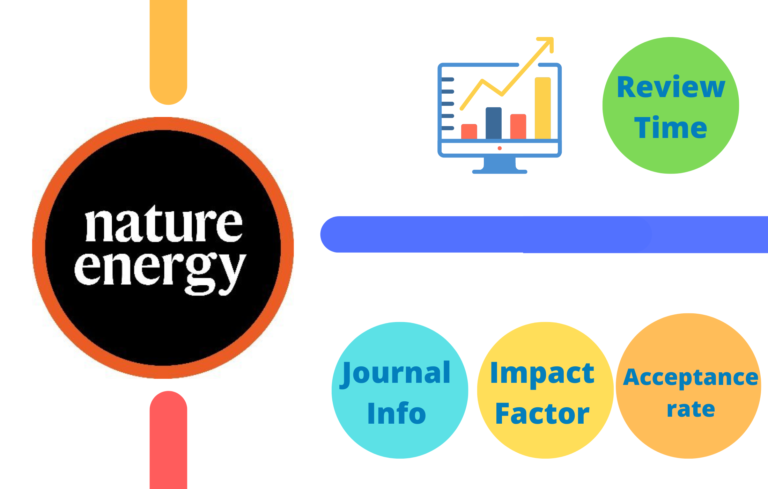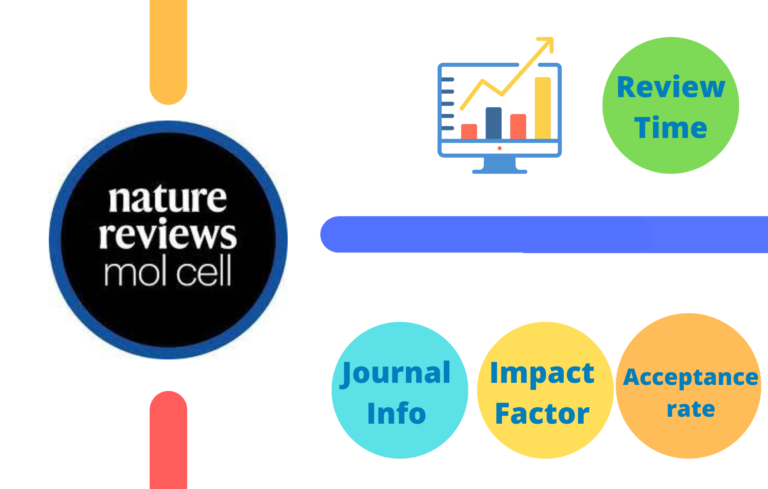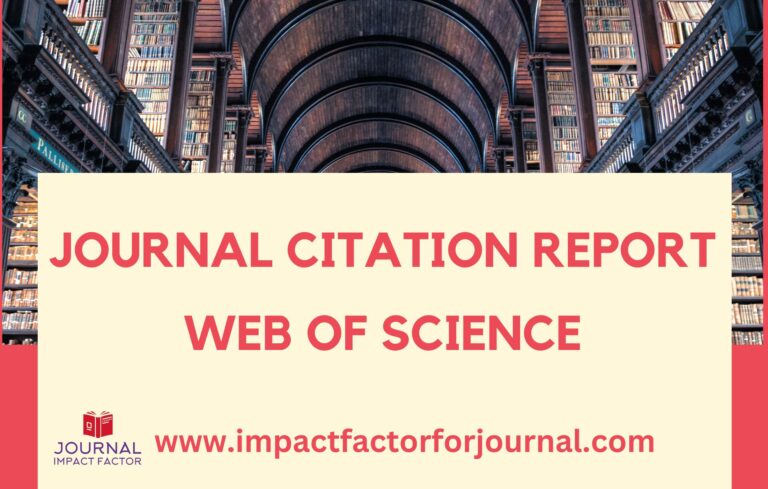Here in this post, apart from iScience Impact Factor, I have tried to compile all the necessary information a research scholar would seek before publishing an article in the journal.
About iScience Journal
iScience is an open-access journal from Cell Press that provides a platform for original research in the life, physical, earth, and health sciences.
The “i” in iScience stands for Interdisciplinary, Important, Immediate, Inclusive, Integrity.
iScience Impact Factor
Impact Factor (IF) or often called journal impact factor (JIF) is an index provided by an analytics company named Clarivate. The impact factor is calculated by dividing the number of times the articles are cited in the last two years by the total number of publications in those two years.
- Total Citations in 2020 and 2021 = 500
- Total Number of Publications in 2020 and 2021 = 100
- Impact Factor of the Journal in 2022 = 500/100 = 5
iScience Impact Factor (2017-2023)
- iScience Impact Factor 2017 –
- iScience Impact Factor 2018 – 4.39
- iScience Impact Factor 2019 – 5.08
- iScience Impact Factor 2020 – 5.74
- iScience Impact Factor 2021 – 6.107
- iScience Impact Factor 2022 – 5.8 (updated 29 June 2023)
iScience Impact Factor 2022
iScience H-index
The h index is a metric for evaluating the cumulative impact of an author’s scholarly output and performance; measures quantity with quality by comparing publications to citations.

The h index of iScience Journal is 43, which means among all the published articles in this journal, 43 of these publications have received at least 43 citations each.
iScience Journal Metrics
iScience CiteScore
CiteScore (CS) of an academic journal is a measure reflecting the yearly average number of citations to recent articles published in that journal.
iScience SCImago Rank
The SCImago Journal Rank (SJR) indicator is a measure of the scientific influence of scholarly journals that accounts for both the number of citations received by a journal and the importance or prestige of the journals where the citations come from.
| Year | SCImago Journal Rank (SJR) |
|---|---|
| 2019 | 1.707 |
| 2020 | 1.805 |
| 2021 | 1.592 |
iScience Publication Fee
iScience is a fully gold open access journal. The publication fee for Science is £2,400, €2,600, and $3,000 in GBP, EURO, USD, respectively (excluding taxes).
iScience has a small budget for reducing open access charges for authors in developing countries and others in genuine financial hardship. Please note that funds for other reductions are limited.
iScience Review Time
iScience prioritizes rapid publication and uses single-blind peer review, which is standard across Cell Press journals.
| Initial decision to review | 1–3 days after submission |
| Decision after review | 3–4 weeks after submission |
| Time suggested for revision | 1–3 months |
iScience Reference Style
In-text citations should be written in Harvard style and not numbered, e.g., “Smith et al., 2015; Smith and Jones, 2015.”
Article in a periodical: Sondheimer, N., and Lindquist, S. (2000). Rnq1: an epigenetic modifier of protein function in yeast. Mol. Cell 5, 163–172. 10.1016/S1097-2765(00)80412-8.
Article on a preprint server or other repository: De Virgilio, C., Hatakeyama, R., Péli-Gulli, M.-P., Hu, Z., Jaquenoud, M., Osuna, G.M.G., Sardu, A., and Dengjel, J. (2018). Spatially distinct pools of TORC1 balance protein homeostasis. Preprint at Mendeley Data, 10.17632/m9s42s94fc.1.
Article in a book: King, S.M. (2003). Dynein motors: Structure, mechanochemistry and regulation. In Molecular Motors, M. Schliwa, ed. (Wiley-VCH Verlag GmbH), pp. 45–78.
An entire book: Cowan, W.M., Jessell, T.M., and Zipursky, S.L. (1997). Molecular and Cellular Approaches to Neural Development (Oxford University Press).
Websites: United Nations. Goal 7: Ensure access to affordable, reliable, sustainable and modern energy for all. https://www.un.org/sustainabledevelopment/energy.
iScience Endnote Style
You can download the iScience Endnote Style and iScience Zotero Style
iScience Acceptance Rate
The acceptance rate of a journal is the ratio of the number of articles submitted to the number of articles published.
The average acceptance rate of iScience journal is 40.62%
iScience Indexed in
Science is indexed in Scopus, SCImago, Web of Science, and UGC journal ranking



